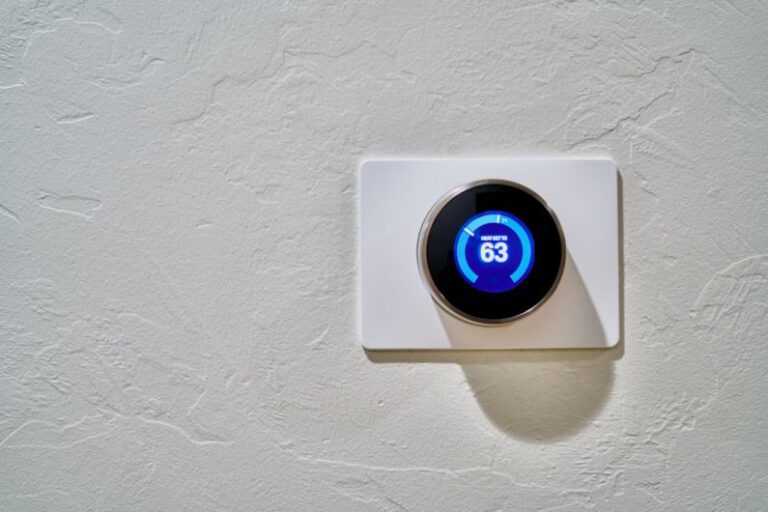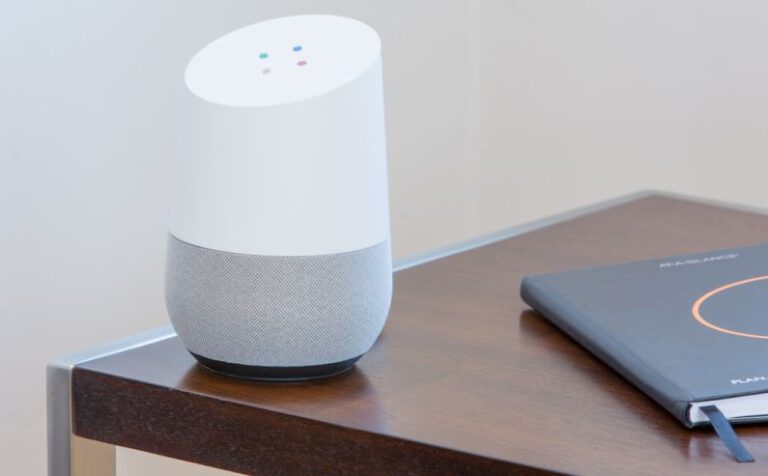How to Set up Your Own Home Network?
Setting up your own home network can seem like a daunting task, but with the right guidance, it can be a straightforward and rewarding experience. A home network allows you to connect multiple devices such as computers, smartphones, and smart home gadgets to the internet and share resources like printers and files. Whether you are a tech novice or have some experience with networking, this guide will walk you through the steps to create a reliable and secure home network.
Choosing the Right Equipment
The first step in setting up a home network is to select the right equipment. You will need a modem to connect to your internet service provider and a router to distribute the internet connection to your devices wirelessly. When choosing a router, consider factors such as the size of your home, the number of devices you will be connecting, and the speed of your internet connection. Opt for a router that supports the latest Wi-Fi standards for faster speeds and better coverage.
Connecting Your Devices
Once you have your modem and router set up, it’s time to connect your devices to the network. Most devices, such as laptops, smartphones, and tablets, can easily connect to a Wi-Fi network by selecting the network name (SSID) and entering the password. For devices that do not have Wi-Fi capabilities, you can connect them to the network using an Ethernet cable. Simply plug one end of the cable into the device and the other end into one of the router’s Ethernet ports.
Securing Your Network
Security is a crucial aspect of setting up a home network to protect your personal information and prevent unauthorized access. Start by changing the default administrator password on your router to a strong and unique password. Enable encryption on your Wi-Fi network, such as WPA2 or WPA3, to secure your wireless connection. You can also set up a guest network for visitors to use without giving them access to your main network.
Optimizing Your Network
To ensure that your home network performs at its best, there are a few optimization tips you can follow. Place your router in a central location in your home to maximize coverage and reduce dead spots. Avoid placing your router near obstacles like walls or large appliances that can interfere with the signal. Consider upgrading your router’s antennas or using Wi-Fi extenders to improve coverage in larger homes. Regularly update your router’s firmware to ensure it has the latest security patches and performance improvements.
Monitoring Your Network
Once your home network is up and running, it’s essential to monitor its performance and troubleshoot any issues that may arise. You can use network monitoring tools to keep an eye on your network traffic, check for any unusual activity, and identify devices that may be causing congestion. If you experience slow speeds or dropped connections, try restarting your router or contacting your internet service provider for assistance.
Securing Your Network Against Threats
In today’s digital age, cyber threats are a real concern for home networks. To protect your network against malware, phishing attacks, and other online threats, consider installing antivirus software on your devices and enabling firewall protection on your router. Keep your devices updated with the latest security patches and be cautious when clicking on links or downloading files from unknown sources. Consider setting up a virtual private network (VPN) for an extra layer of security when browsing the internet.
Maintaining Your Network
Like any technology, home networks require regular maintenance to ensure optimal performance and security. Make it a habit to check for firmware updates for your router and other network devices. Clean your router’s vents and antennas regularly to prevent overheating and signal interference. Monitor your network traffic and devices periodically to identify any issues or unauthorized access. By staying proactive with maintenance, you can keep your home network running smoothly for years to come.
In conclusion, setting up your own home network doesn’t have to be a complicated process. By following the steps outlined in this guide and taking the necessary precautions to secure and optimize your network, you can enjoy a reliable and secure connection for all your devices. With a bit of patience and effort, you can create a home network that meets your needs and keeps you connected in today’s digital world.






